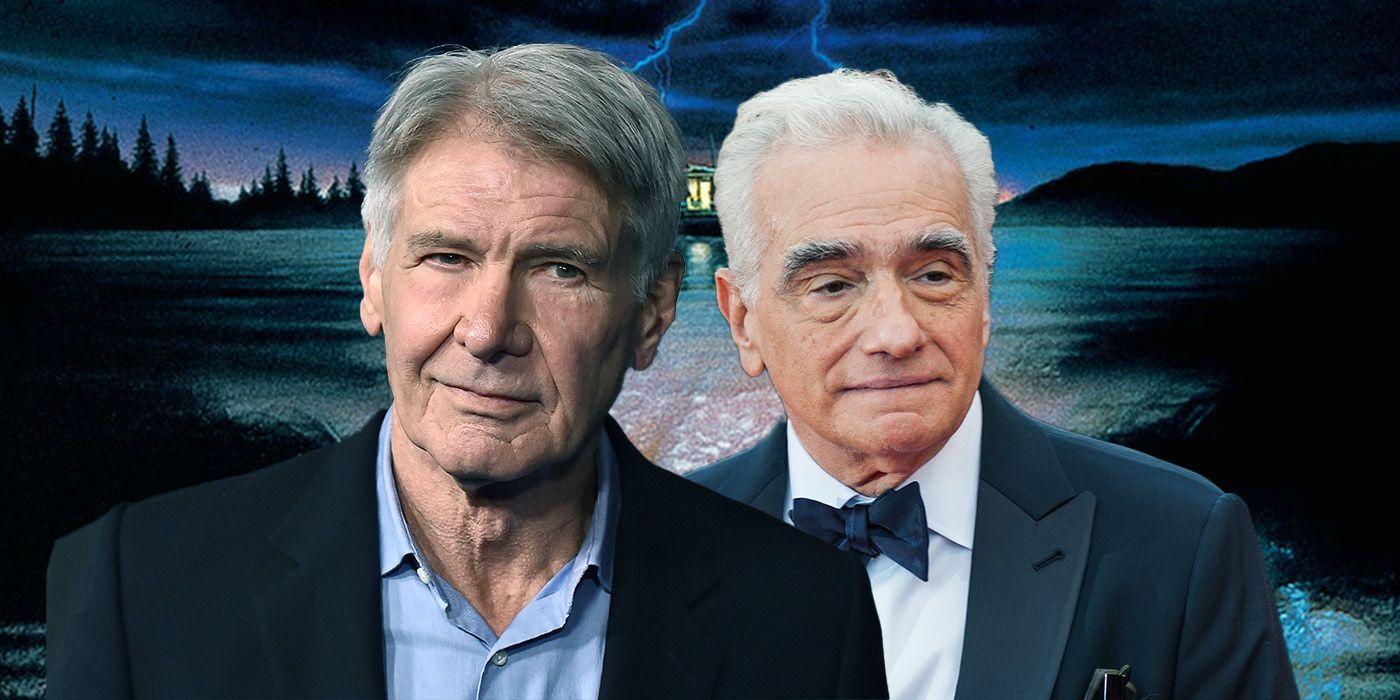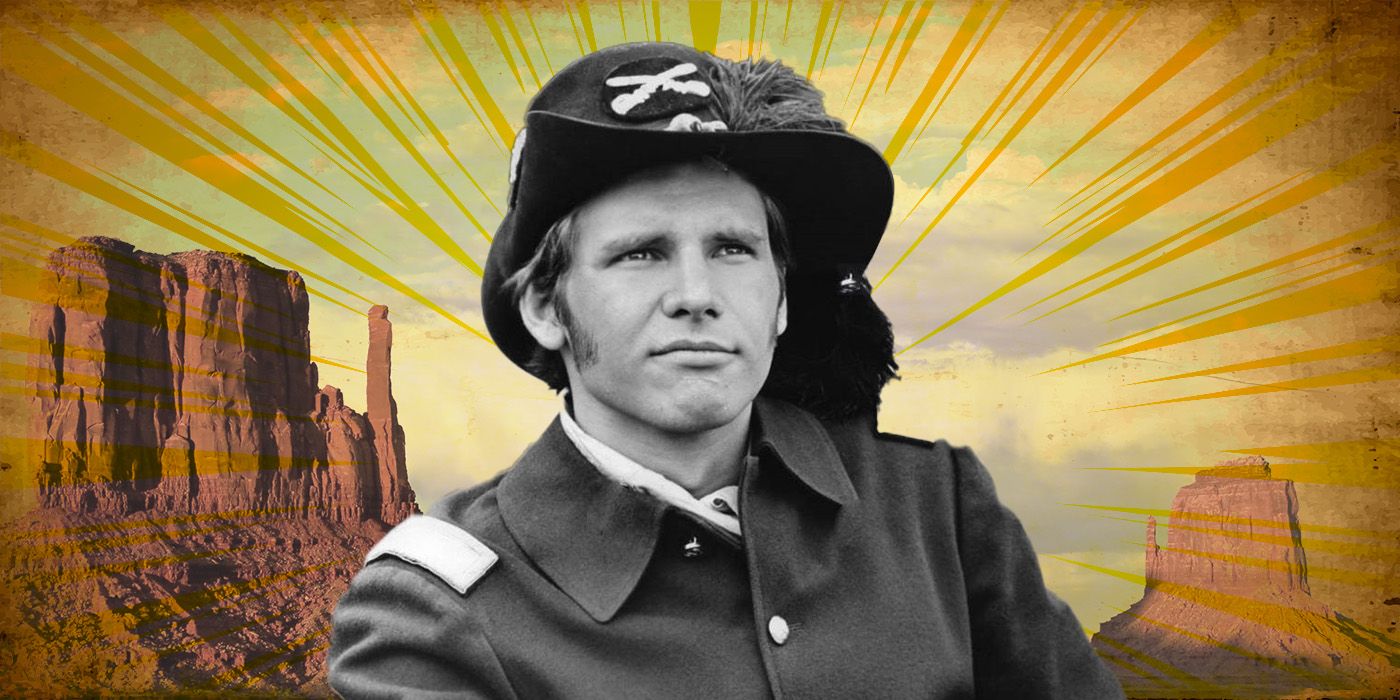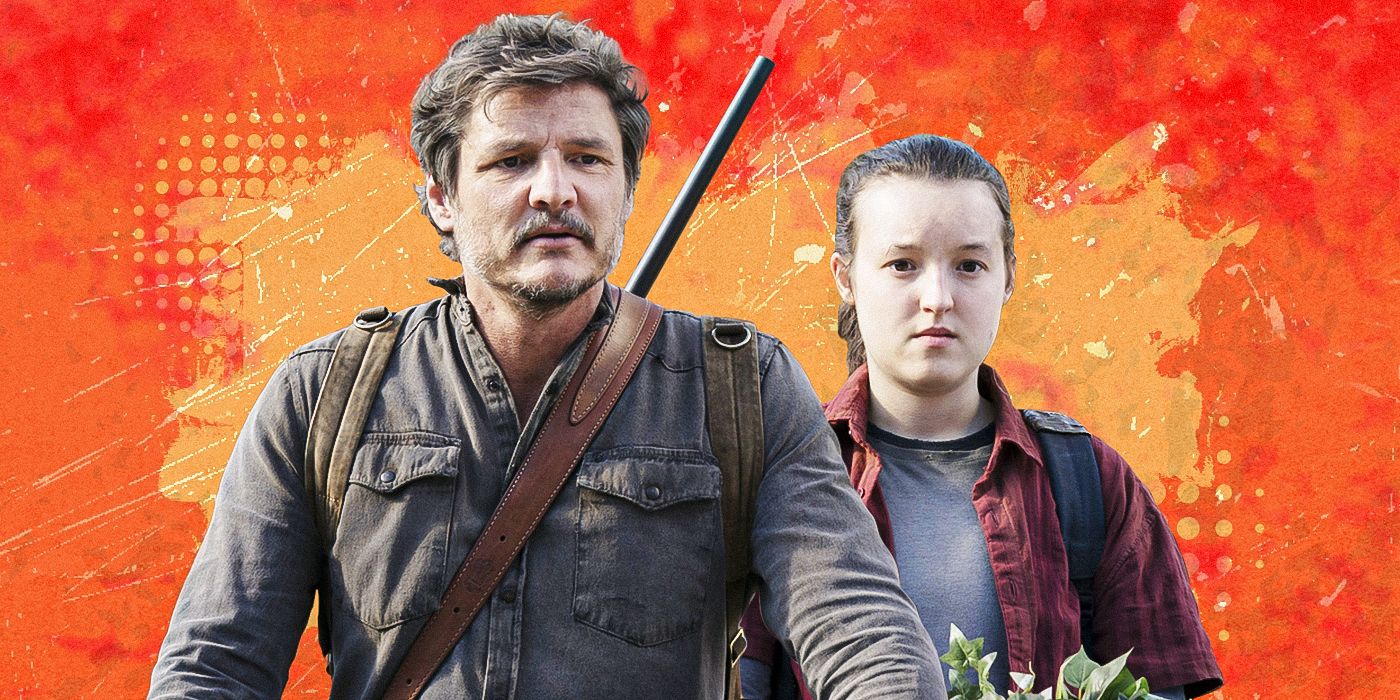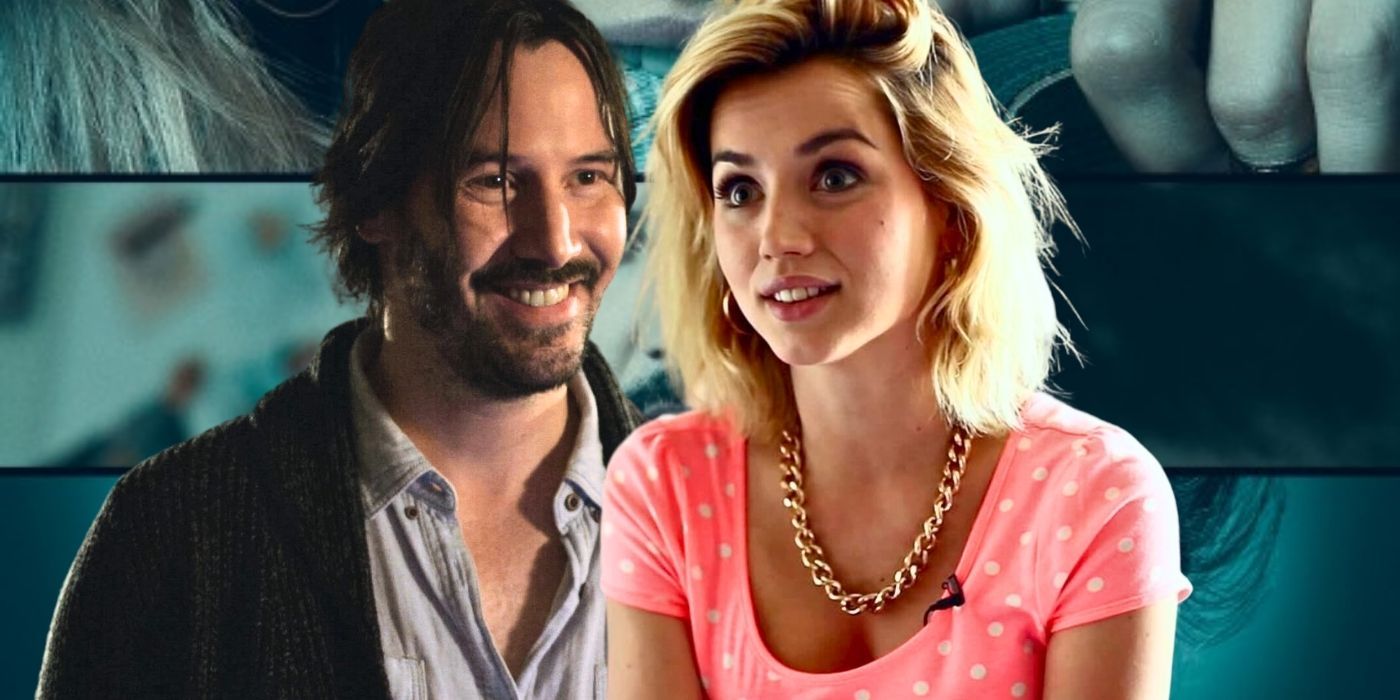The Big Picture
- Harrison Ford’s first credited role was in the small Western film
A Time for Killing
, where he only appeared in a single scene. - The film received poor reviews and didn’t contribute significantly to the Western genre.
- Despite its shortcomings,
A Time for Killing
marked the beginning of Ford’s work in the Western genre, leading to more notable roles in the future.
All actors have to get their start somewhere and, for many, that means appearing in small B-movie roles or other undesirable projects that will prove they have the chops to make it in such a cutthroat industry. Well, Harrison Ford started out the same way, and after first appearing in two other projects (for which he went uncredited), he finally got his name in lights in the 1967 Western A Time for Killing, which was based on the novel The Southern Blade by Nelson and Shirley Wolford. This picture isn’t the most thoughtful or engaging Western you’ll ever come across, but it got Ford his real start in the movie business, even if he’s only in a single scene.
A Time for Killing
Confederate POWs escape a Union camp and make for the Mexico border chased by Union troops with both parties oblivious to the fact that peace was declared.
- Release Date
- November 1, 1967
- Cast
- Inger Stevens , Glenn Ford , Paul Petersen , Timothy Carey
- Runtime
- 88 minutes
- Main Genre
- Western
- Writers
- Nelson Wolford , Shirley Wolford , Halsted Welles
Harrison Ford’s First Credited Role Was Very Small
Before A Time for Killing, Harrison Ford appeared as a Bellhop pager in the 1966 crime comedy Dead Heat on a Merry-Go-Round and an angry motorist in the 1967 rom-com Luv. Neither film is particularly notable, but it got his foot in the door. From there, Ford landed the role of Union Army Lt. Shaffer in the B-Western A Time for Killing, which is occasionally titled The Long Ride Home. The film starred Glenn Ford as Union Major Tom Wolcott, George Hamilton as Confederate Captain Dorrit Bentley, and Inger Stevens as Emily Biddle, a woman caught in the middle of the end of the American Civil War. The film follows Bentley and his men as they escape a Union prison following the declaration that the war is over, though they refuse to give up the fight.
As for Ford’s part, well, Lt. Shaffer only appears at the beginning of the film, where he is ordered by his superiors to oversee the execution of a Confederate solider who none of the men particularly want to gun down. Shaffer aids the firing squad, which results in a massive riot among the other prisoners. Ford is never seen again. The actor’s name appears in the credits pretty prominently for being in so little of the film. Small parts aren’t exactly uncommon for actors who are just starting out. But what is surprising is that someone like Ford, who plays his part here well (and even has some brief dialogue), is credited so prominently in the end credits for having so little to do. About six years later, Ford eventually made his “big break” playing Bob Falfa in American Graffiti, which introduced him to George Lucas and set him on the path to becoming Han Solo, Indiana Jones, and all the other notable characters he’s embodied for the bulk of his career.
‘A Time for Killing’ Wasn’t Exactly an Exciting Debut for Harrison Ford
While A Time for Killing seems like a movie that could have utilized Ford better, especially considering that the Union Army goes on to chase the Confederate prisoners later on, it doesn’t live up to the hype. This B-picture drags on as the unrepentant Confederates mercilessly kill their enemies and abuse Inger Stevens’ character. Admittedly, not even the film’s star Glenn Ford (who is not related to Harrison Ford) gets any compelling character work this time around. He’s much more interesting in Superman: The Movie, and he dies in the first act.

The Iconic Martin Scorsese Movie That Harrison Ford Turned Down
You would have never looked at Harrison Ford the same way again.
Harrison Ford doesn’t make out much better though, appearing only in the opening scene. Ford yells at his fellow men to fire at the prisoner, and he does a great job, but the misuse of the actor, who admittedly hadn’t exactly proven himself to Hollywood quite yet, is hard to overlook this side of Raiders of the Lost Ark. From where Ford would go from here, this Western was likely a good learning experience but nothing more. Nobody was watching A Time for Killing in the ’60s and was moved to tears by Ford’s performance. Considering the material he was given, Ford plays his part well, but it’s not exactly Star Wars.
A Time for Killing has a pretty terrible audience score on Rotten Tomatoes and no noteworthy critical reviews from any major publications. If Ford hadn’t gotten his first on-screen credit in this picture, it would likely have been forgotten about entirely, and maybe rightfully so. The film’s unlikable characters, poor pacing, and lack of depth keep this Western from contributing significantly to the genre. With more notable flicks like Butch Cassidy and the Sundance Kid and True Grit hitting theaters only two years later, A Time for Killing could best be considered a signifier of the genre’s slow decline. Thankfully, it never fully died out, and Ford eventually returned to cowboy movies down the line.
Harrison Ford Is a Staple of the Western Genre
It’s a miracle that A Time for Killing didn’t turn Harrison Ford off the Western. His very next role was a guest spot on The Virginian during its fifth season. Ford returned to the Western a year later for Journey to Shiloh where he played Willie Bill Bearden, though that would be it for a few years until he showed up on Gunsmoke for two episodes of Season 18 (and playing two separate characters). His next notable Western wouldn’t be until after Star Wars where the actor played opposite Gene Wilder in a role originally meant for John Wayne in the 1979 film The Frisco Kid. After that, Ford became an action and science fiction star, and stayed in that (outer) space for decades.
In the 21st century, Ford merged his sci-fi work with the Western genre to star opposite Daniel Craig in the 2011 film Cowboys & Aliens where he played Woodrow Dolarhyde. Though the film wasn’t exactly a hit, it was a fun watch for fans of both genres and gave us a chance to see Ford in a cowboy hat once more. In more recent years, Ford has been more willing to revisit the Western on a larger scale. Calling back to the TV Westerns of old, albeit with a contemporary look and feel, Ford currently stars opposite Helen Mirren on the Yellowstone prequel series 1923 for Paramount+. The series has proved a huge hit, with some arguing it’s better than Yellowstone. In some strange way, we can look back on Ford’s time filming A Time for Killing as the start of not just Ford’s work in the Western genre, but his entire credited career.
A Time for Killing is available to rent on Prime Video in the U.S.
Rent on Prime Video




